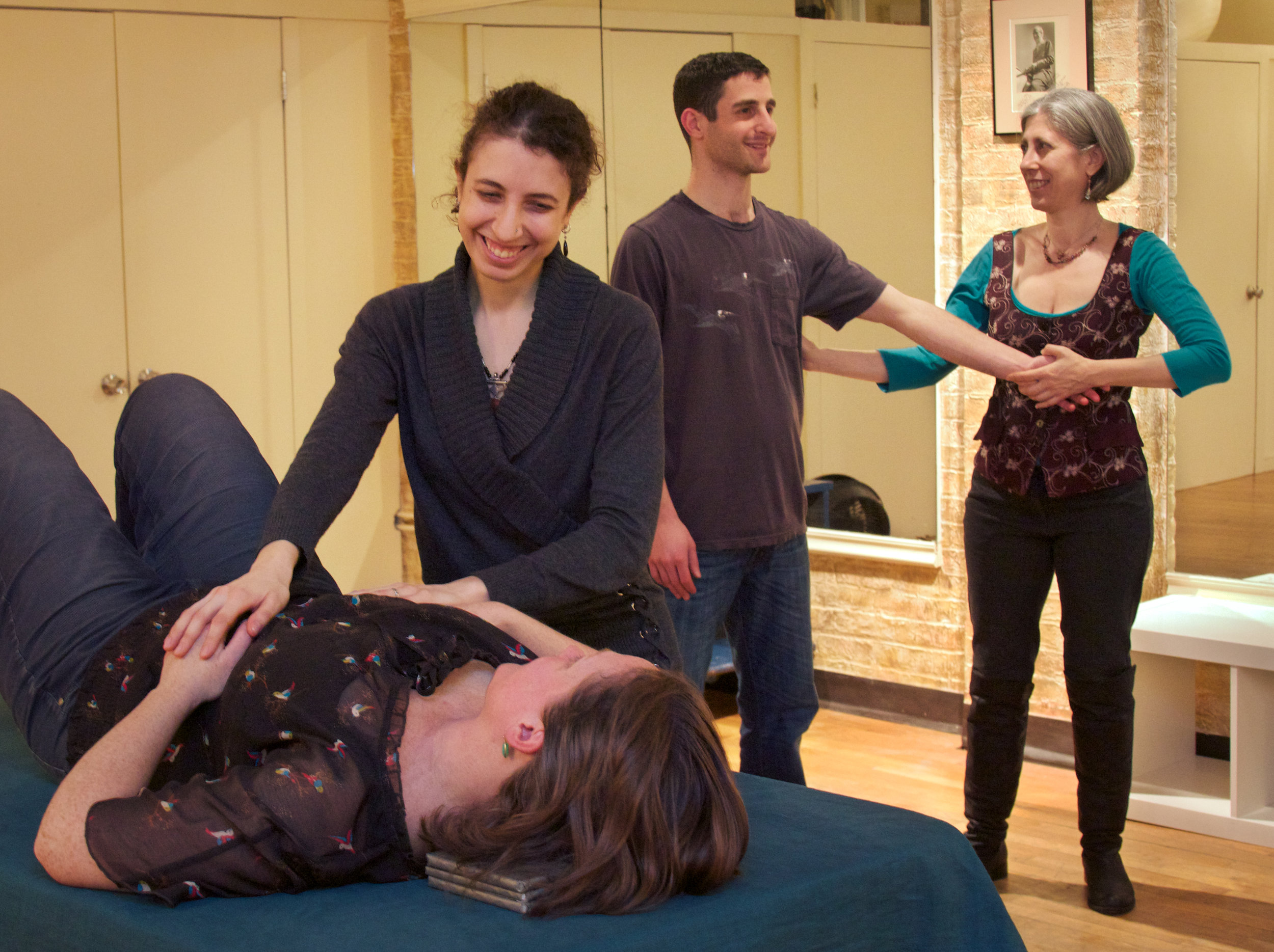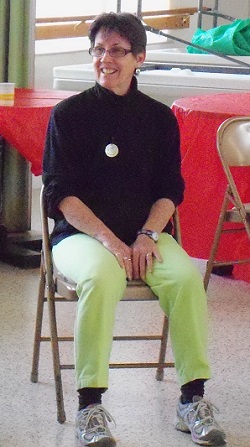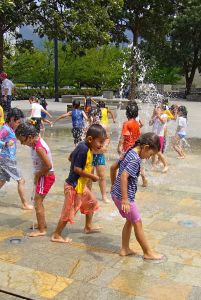 By Karen G. Krueger
About a year ago, I unexpectedly was handed an opportunity to introduce the Alexander Technique to an audience that has no idea what it is, but needs it desperately: lawyers.
By Karen G. Krueger
About a year ago, I unexpectedly was handed an opportunity to introduce the Alexander Technique to an audience that has no idea what it is, but needs it desperately: lawyers.
Spencer Mazyck invited me to be a guest on his Bloomberg Law series "Stealth Lawyer," a web-based video show featuring interviews with ex-lawyers about their new careers (sadly, no longer in production after a reorganization of Bloomberg Law). With some trepidation, I accepted. You can view the resulting interview on my website.
The response to the interview was immediate and positive, including a steady stream of new students. I would like to share with my fellow teachers some things I learned in the process:
Marketing is an Indirect Procedure
The seeds for this interview were planted long before they sprouted. Many years ago, a young lawyer named David Lat spent a short time working at the law firm where I was a partner. David went on to found an immensely successful and popular blog about lawyers and the practice of law, called "Above the Law."
Six or seven years ago, when I was beginning the process of leaving the practice of law to become an Alexander Technique teacher, another former colleague suggested I contact David, as he might be interested in writing about me on his blog. We exchanged a few e-mails, but nothing came of it.
Suddenly, a little over a year ago I got an e-mail from Spencer, saying that David had suggested me as a guest for his show. Two weeks after that e-mail arrived, the interview was making its way around the internet.
Several of my new students told me a similar story of long germination and sudden action: they had heard of the Alexander Technique in the past, but never took the step of having a lesson until seeing the interview prompted them to contact me.
The Power of the Internet
In my experience, the percentage of people responding to any introduction to our work by actually scheduling a lesson is low, so the multiplier effect of the internet's huge reach is significant. In this case, within 48 hours after the interview was posted on Bloomberg's website and circulated via "Above the Law," I had scheduled six first lessons.
And it turns out we don't need to provide "wow" moments of hands-on experience to get people interested. We should not discount the value of simply talking about the work. The important thing is to get them to come for that first lesson, to have the full hands-on experience.
Speak to Your Audience
In explaining the technique to the intended audience of lawyers, I touched on primary control, awareness, inhibition, direction, use-related pain, habitual reaction to stimuli, and good vs. bad use of the self - but I didn't use those words! I also emphasized aspects of the work that appeal to lawyers -- in particular, that it involves learning skills and using conscious thinking to solve problems.
I think this contributed to the positive response to the interview: I avoided jargon, instead speaking my audience's native language.
Be Authentic
Each person who contacted me mentioned something different in the interview that had spoken to his or her situation, needs and goals. Obviously, I hadn't actually tailored my message to their individual interests, as I would in a face-to-face conversation. Rather, I spoke from the heart about my own experience.
People recognize and respond to authenticity. We don't need to explain all the principles of the technique; we don't need to correct every possible misunderstanding about what it is; we just need to explain the value it has in our own lives and those of our students.
Each of us is a unique individual with a story about how we came to the Alexander Technique and why we decided to immerse ourselves in it. Tell that story to whomever you can, and people will find their connection to it.
[author] [author_image timthumb='on']http://www.acatnyc.org/main/wp-content/uploads/2014/06/Kreuger.jpg[/author_image] [author_info]KAREN G. KREUGER became a teacher of the Alexander Technique after 25 years of practicing law at two major New York law firms, receiving her teaching certificate from the American Center for the Alexander Technique in December 2010. Her students include lawyers, business executives, IT professionals and others interested in living with greater ease and skill. Find her at her website: http://kgk-llc.com. [/author_info] [/author]



 by Karen Krueger
In
by Karen Krueger
In  by Brooke Lieb
Meade Andrews will be offering a two-weekend program on the Art of Group Teaching. Teachers and Third Year Trainees can register for one or both weekends. Click
by Brooke Lieb
Meade Andrews will be offering a two-weekend program on the Art of Group Teaching. Teachers and Third Year Trainees can register for one or both weekends. Click  by Karen Krueger
Teaching the Alexander Technique can be lonely. After the structure and camaraderie of training, it can be daunting when we suddenly find ourselves having to create our own schedules, our own ways of self-care, continued learning and practice development.
by Karen Krueger
Teaching the Alexander Technique can be lonely. After the structure and camaraderie of training, it can be daunting when we suddenly find ourselves having to create our own schedules, our own ways of self-care, continued learning and practice development. By Karen G. Krueger
About a year ago, I unexpectedly was handed an opportunity to introduce the Alexander Technique to an audience that has no idea what it is, but needs it desperately: lawyers.
By Karen G. Krueger
About a year ago, I unexpectedly was handed an opportunity to introduce the Alexander Technique to an audience that has no idea what it is, but needs it desperately: lawyers. by Anastasia Pridlides
I attended the "games teachers play" free member event on April 28th ready for fun. I had been looking forward to this event from the moment it went on the calendar, not only because I really enjoy playing, but also because I love working with groups. I'm always looking for new things to put in my group teaching toolbox. We attendees had a fantastic time as Brooke Lieb, Luke Mess and Mark Josephsburg for shared their teaching games with us. Here are some of the things that I took away from the workshop.
by Anastasia Pridlides
I attended the "games teachers play" free member event on April 28th ready for fun. I had been looking forward to this event from the moment it went on the calendar, not only because I really enjoy playing, but also because I love working with groups. I'm always looking for new things to put in my group teaching toolbox. We attendees had a fantastic time as Brooke Lieb, Luke Mess and Mark Josephsburg for shared their teaching games with us. Here are some of the things that I took away from the workshop.